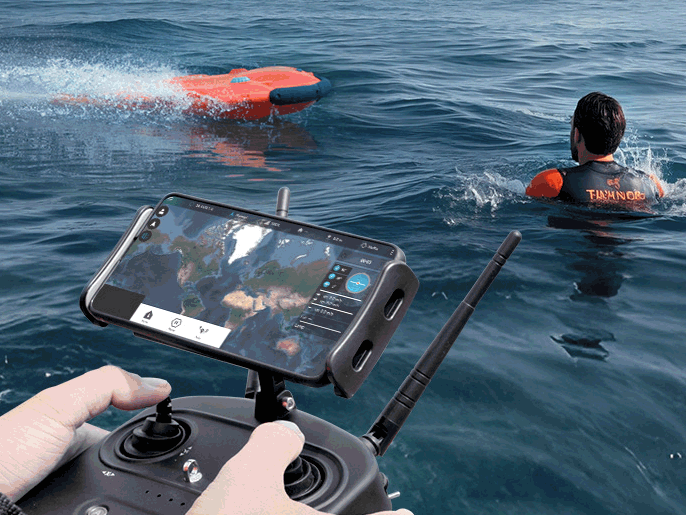随着冬季来临,冰面活动增多,冰面落水事故也进入高发期。传统的冰面救援方式存在响应慢、风险高、效率低等问题,尤其是在低温环境下,救援人员接近落水者时自身也面临极大的安全威胁。为提升冰面救援的效率与安全性,将现有的“水上救援机器人”进行适配性改造,应用于冰面落水救援场景,成为一种高效、智能的新型解决方案。
==
Water Rescue Robot Adaptation for Ice Water Rescue
With the arrival of winter, ice activities increase, and incidents of falling through ice become more frequent. Traditional ice rescue methods suffer from slow response times, high risks, and low efficiency. Especially in cold environments, rescuers face significant safety threats when approaching victims. To enhance the efficiency and safety of ice rescue operations, adapting existing "water rescue robots" for use in ice water rescue scenarios has emerged as an intelligent and effective new solution.
水上救援机器人在冰面环境下的挑战
尽管“水上救援机器人”在开放水域的救援中表现出色,但将其应用于冰面救援仍面临诸多挑战。首先,冰面摩擦力大,传统螺旋桨推进系统在冰面拖行时效率低下,甚至可能因阻力过大而损坏。其次,低温环境对电池性能、电子元器件和材料韧性构成严峻考验,可能导致设备失灵。此外,冰面反光强烈,GPS信号易受干扰,影响机器人的定位与遥控精度。
==
Challenges of Water Rescue Robots in Ice Environments
Although "water rescue robots" perform well in open water rescues, their application in ice rescue scenarios presents numerous challenges. First, the high friction on ice surfaces makes traditional propeller propulsion systems inefficient, and they may even be damaged due to excessive resistance when dragged across ice. Second, low temperatures severely affect battery performance, electronic components, and material toughness, potentially causing equipment failure. Additionally, strong ice surface reflections and GPS signal interference can impair the robot's positioning accuracy and remote control performance.
水上救援机器人结构与动力系统的适配改造
为适应冰面救援,“水上救援机器人”需进行结构和动力系统的针对性改造。在推进系统方面,可加装高耐磨、低摩擦的滑橇或履带装置,替代或辅助螺旋桨推进,使其能在冰面上平稳滑行。同时,优化螺旋桨防护罩设计,防止冰碴卷入造成损坏。在结构材料上,采用耐低温工程塑料与铝合金复合结构,确保在零下30℃环境下仍保持良好韧性。此外,增加保温层保护电池与核心电路,延长低温工作时间。
==
Adaptation of the Water Rescue Robot's Structure and Power System
To adapt to ice rescue operations, the "water rescue robot" requires targeted modifications to its structure and power system. For propulsion, high-wear-resistant, low-friction skids or track systems can be added to replace or assist propeller propulsion, enabling smooth gliding on ice. Meanwhile, the propeller guard design should be optimized to prevent ice fragments from entering and causing damage. In terms of structural materials, a composite of low-temperature-resistant engineering plastics and aluminum alloy ensures good toughness even at -30°C. Additionally, insulating layers should be added to protect the battery and core circuits, extending operational time in cold conditions.
水上救援机器人智能控制与导航系统升级
为提升冰面救援的精准度,“水上救援机器人”的智能控制系统也需升级。引入双模定位系统(GPS+北斗),结合惯性导航(IMU)技术,可在信号不佳的冰面环境中实现稳定定位。通过升级遥控系统,增加抗干扰能力,并配备高清红外摄像头,实现夜间或能见度低条件下的目标识别与追踪。同时,开发冰面专用救援模式,预设冰面滑行路径算法,提升自主导航能力。
==
Upgrading the Water Rescue Robot's Intelligent Control and Navigation System
To improve precision in ice rescue, the "water rescue robot's" intelligent control system must be upgraded. A dual-mode positioning system (GPS + BeiDou), combined with inertial navigation (IMU) technology, ensures stable positioning even in ice environments with poor signal reception. Upgrading the remote control system enhances interference resistance, while integrating high-definition infrared cameras enables target detection and tracking in low-visibility or nighttime conditions. Additionally, developing an ice-specific rescue mode with pre-programmed ice gliding path algorithms enhances autonomous navigation capabilities.
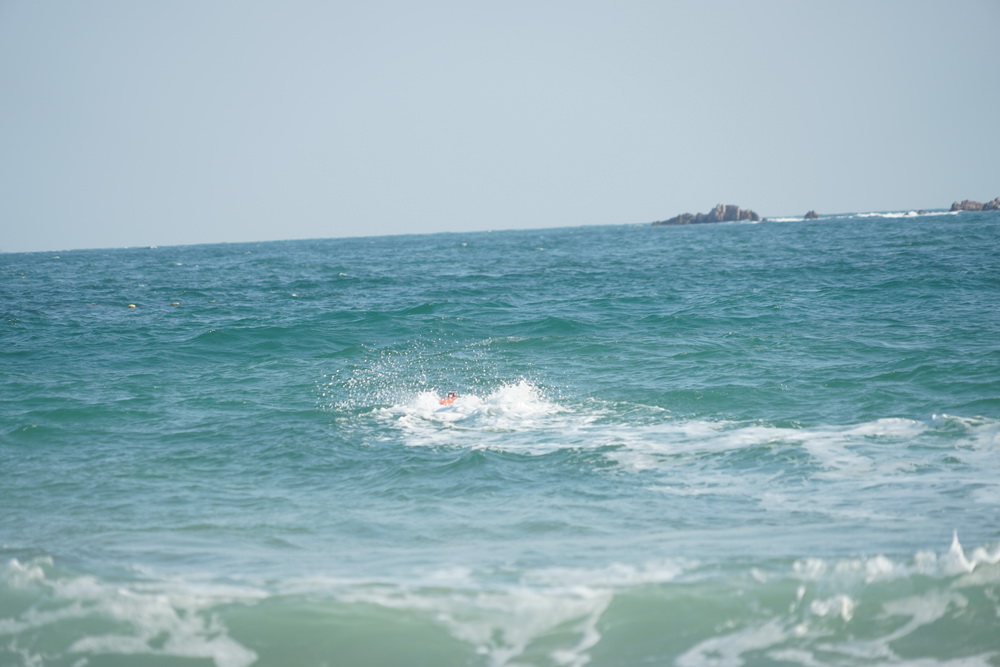
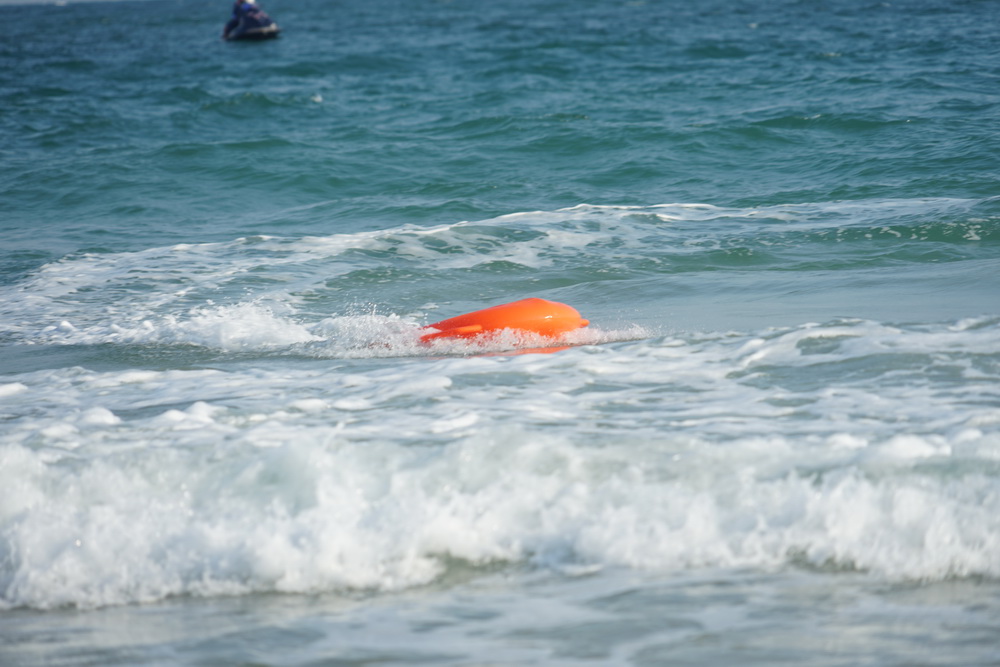
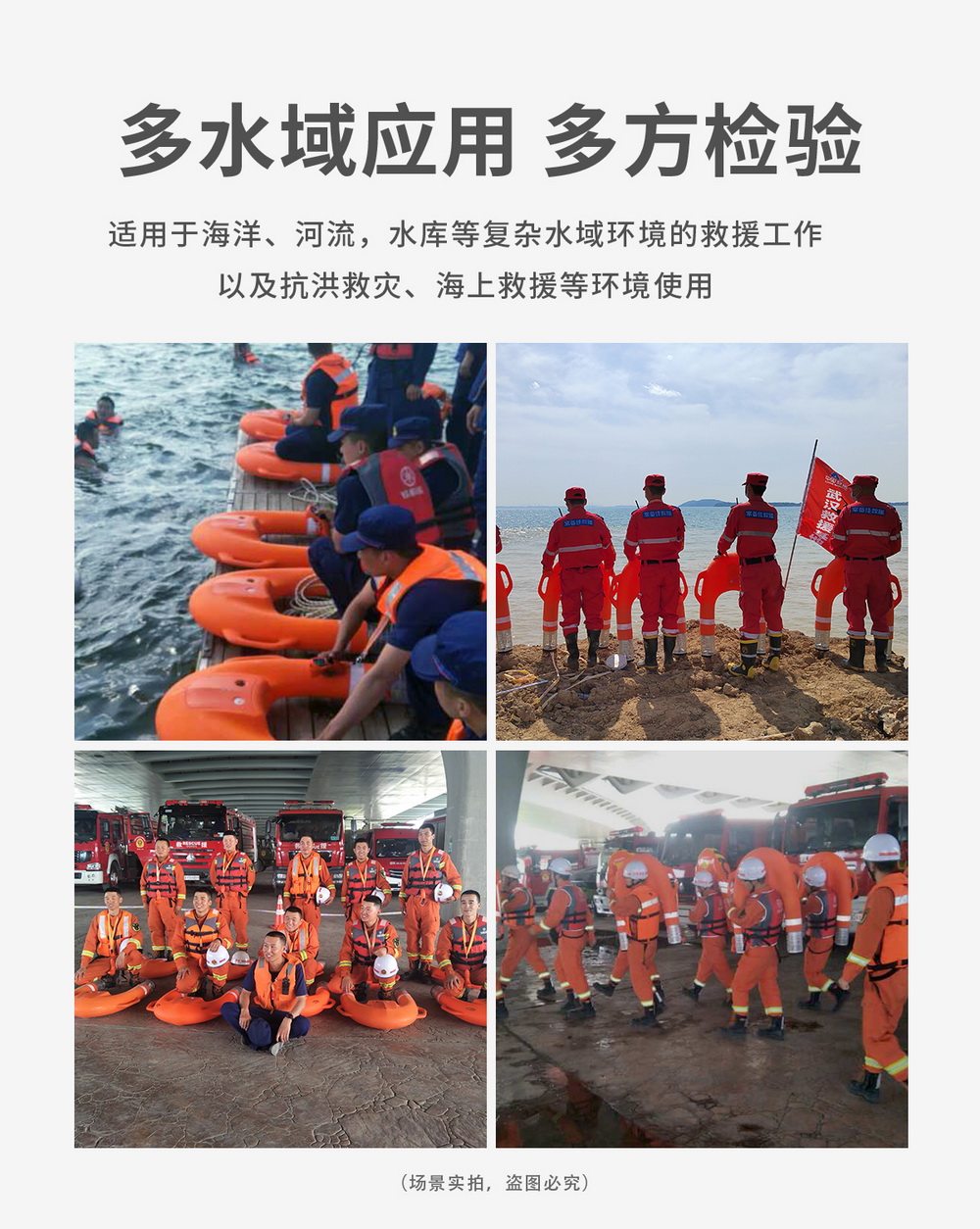

水上救援机器人实战应用与未来展望
经过适配改造的“水上救援机器人”已在北方多个城市开展冰面救援演练,实测表明其可在5分钟内抵达落水者位置,显著缩短救援时间。其远程遥控特性避免了救援人员涉险,提升了整体安全性。未来,随着人工智能与材料科学的进步,“水上救援机器人”将向更轻量化、智能化、多功能化发展,不仅适用于冰面救援,还可拓展至洪涝、激流、夜间搜救等复杂水域场景,成为全天候、全地形的应急救援核心装备。
==
Practical Application and Future Prospects of Water Rescue Robots
The adapted "water rescue robot" has been tested in ice rescue drills in several northern cities. Field tests show it can reach victims within 5 minutes, significantly reducing rescue time. Its remote control capability eliminates the need for rescuers to enter dangerous areas, greatly enhancing overall safety. Looking ahead, with advances in artificial intelligence and materials science, "water rescue robots" will evolve toward being lighter, smarter, and more multifunctional. Beyond ice rescue, they will expand into complex scenarios such as flood response, swift water rescue, and night search operations, becoming a core all-weather, all-terrain emergency rescue asset.
〗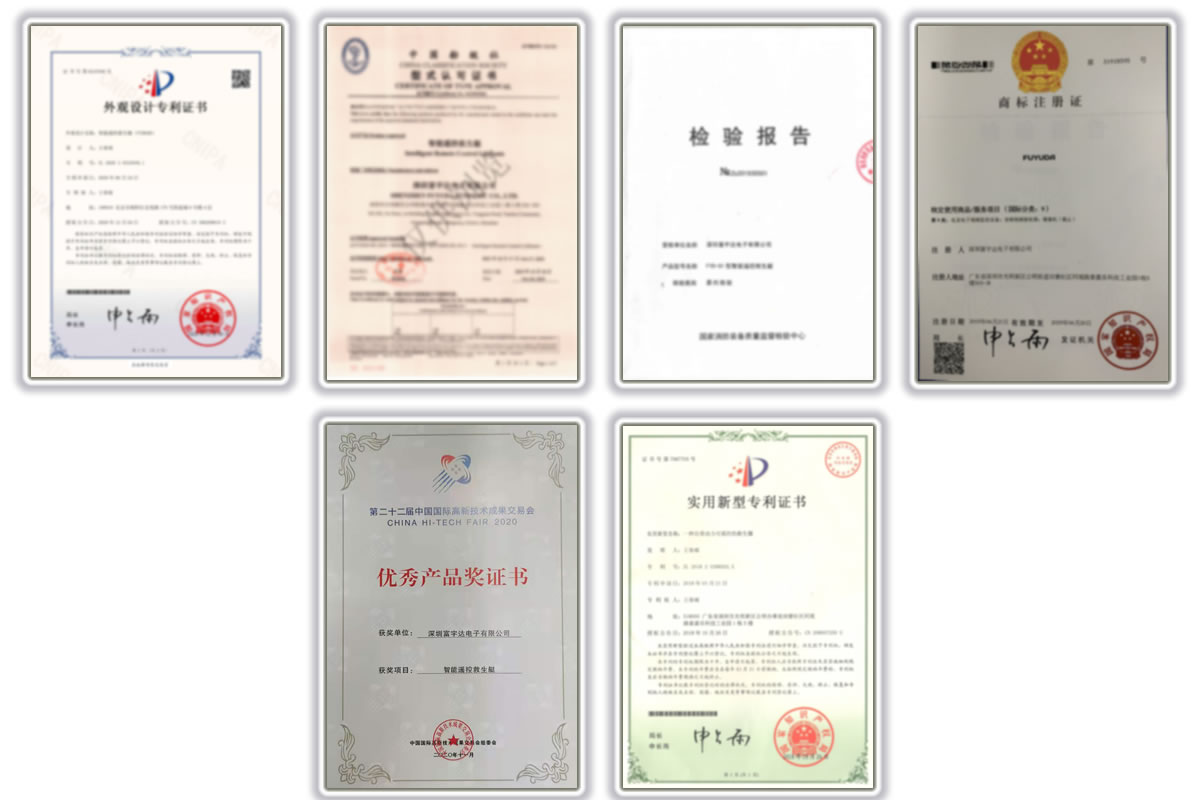









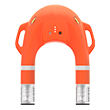
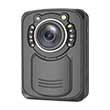
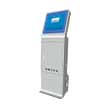


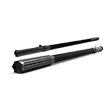
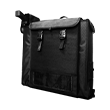




 当前位置:
当前位置:



